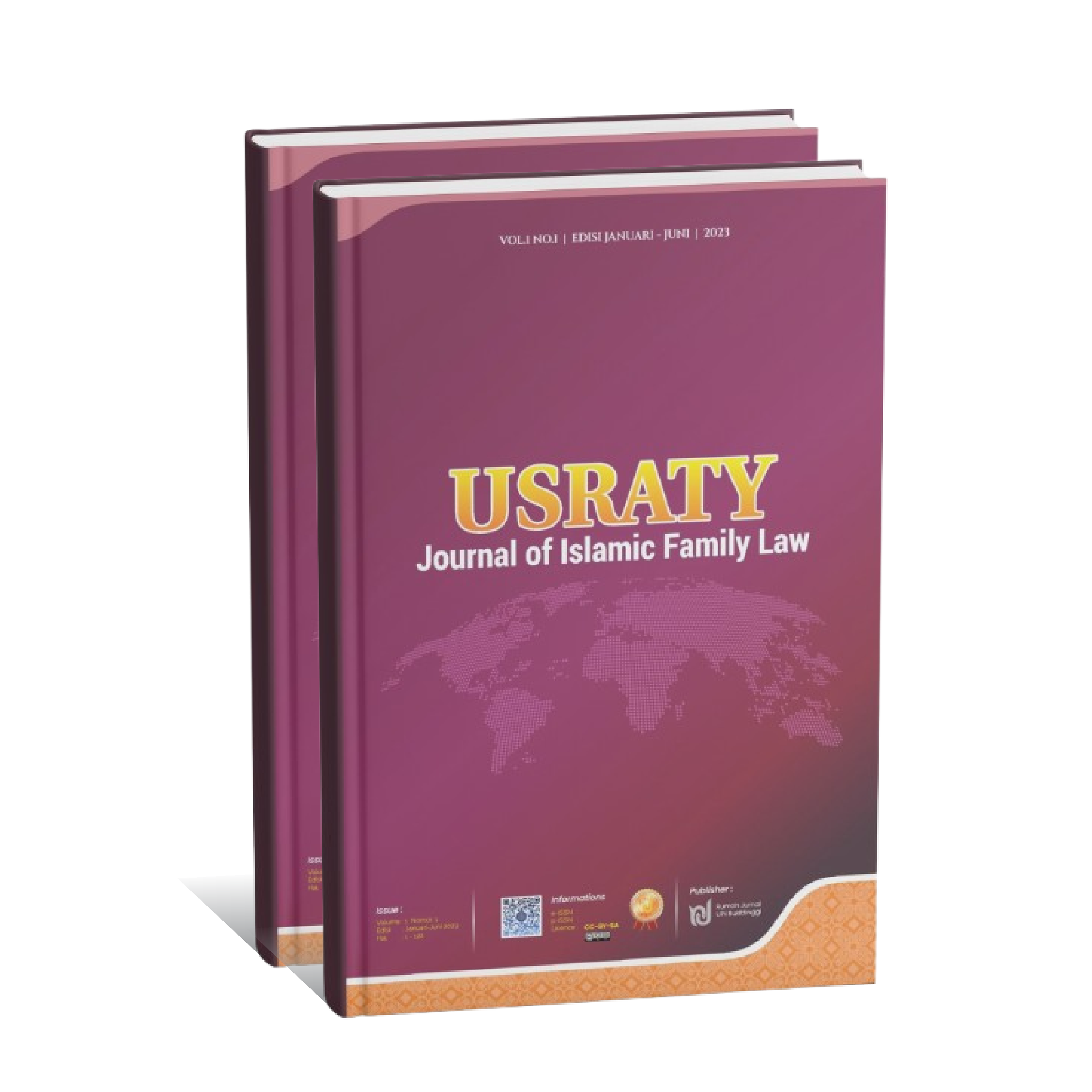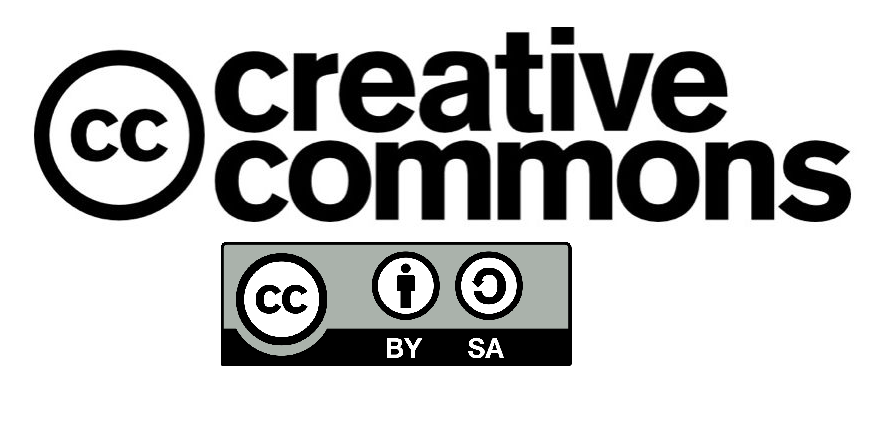Surrogacy Practices in the Legal Dilemma of the Reproductive Technology Era in Indonesia
DOI:
https://doi.org/10.30983/usraty.v3i1.9085Keywords:
Surrogacy Practices, Legal, Reproductive Technology, IndonesiaAbstract
This study aims to examine the legal dilemmas arising from surrogacy practices in the era of reproductive technology in Indonesia, focusing on how these practices unfold amid legal uncertainty and the complexity of social and religious values. This research uses a qualitative method with a field research approach, involving in-depth interviews with medical practitioners, legal experts, religious figures, and couples who have considered or engaged in surrogacy, as well as observations at several fertility clinics in urban areas. The findings reveal that surrogacy practices in Indonesia are carried out discreetly without a clear legal foundation, resulting in various issues such as the uncertain legal status of the child, the potential exploitation of women, and the absence of legal protection for all involved parties. The study also finds sharp differences in perspective among medical, legal, and religious sectors regarding the legitimacy and ethics of these practices. The conclusion of this study emphasizes that Indonesia urgently needs clear and comprehensive legal regulations to govern surrogacy practices in alignment with human rights principles and the moral values of society. The academic contribution of this research lies in its effort to provide an empirical overview of surrogacy practices in the field, and to offer concrete input for the formulation of reproductive legal policies in Indonesia that are more responsive to technological advancements and societal needs.
References
Ahmad, N., Lilienthal, G., & Hussain, M. (2016). Law of assisted reproductive surrogacy in Malaysia: a critical overview. Commonwealth Law Bulletin, 42(3), 355–374. https://doi.org/10.1080/03050718.2016.1256785
Ambarwati, M. D., & Azmita Kamila, G. (2019). The Evaluation of Surrogacy’s System in Indonesia as Comparison to India’s Legislation. Lentera Hukum, 6(2), 249. https://doi.org/10.19184/ejlh.v6i2.10842
Arvidsson, A., Johnsdotter, S., & Essén, B. (2015). Views of Swedish Commissioning Parents Relating to the Exploitation Discourse in Using Transnational Surrogacy. PLOS ONE, 10(5), e0126518. https://doi.org/10.1371/journal.pone.0126518
Blake, L., Carone, N., Raffanello, E., Slutsky, J., Ehrhardt, A. A., & Golombok, S. (2017). Gay fathers’ motivations for and feelings about surrogacy as a path to parenthood. Human Reproduction, 1–8. https://doi.org/10.1093/humrep/dex026
Carone, N., Baiocco, R., & Lingiardi, V. (2017). Single fathers by choice using surrogacy: why men decide to have a child as a single parent. Human Reproduction, 32(9), 1871–1879. https://doi.org/10.1093/humrep/dex245
Carone, N., Baiocco, R., Manzi, D., Antoniucci, C., Caricato, V., Pagliarulo, E., & Lingiardi, V. (2018). Surrogacy families headed by gay men: relationships with surrogates and egg donors, fathers’ decisions over disclosure and children’s views on their surrogacy origins. Human Reproduction, 33(2), 248–257. https://doi.org/10.1093/humrep/dex362
Dar, S., Lazer, T., Swanson, S., Silverman, J., Wasser, C., Moskovtsev, S. I., … Librach, C. L. (2015). Assisted reproduction involving gestational surrogacy: an analysis of the medical, psychosocial and legal issues: experience from a large surrogacy program. Human Reproduction, 30(2), 345–352. https://doi.org/10.1093/humrep/deu333
Elliott, M. R., Conlon, A. S. C., Li, Y., Kaciroti, N., & Taylor, J. M. G. (2015). Surrogacy marker paradox measures in meta-analytic settings. Biostatistics, 16(2), 400–412. https://doi.org/10.1093/biostatistics/kxu043
Fenton-Glynn, C. (2016). OUTSOURCING ETHICAL DILEMMAS: REGULATING INTERNATIONAL SURROGACY ARRANGEMENTS. Medical Law Review, fwv044. https://doi.org/10.1093/medlaw/fwv044
Garmaroudi Naef, S. (2015). The Iranian Embryo Donation Law and Surrogacy Regulations: The Intersection of Religion, Law and Ethics. Die Welt Des Islams, 55(3–4), 348–377. https://doi.org/10.1163/15700607-05534p05
Golombok, S., Blake, L., Slutsky, J., Raffanello, E., Roman, G. D., & Ehrhardt, A. (2018). Parenting and the Adjustment of Children Born to Gay Fathers Through Surrogacy. Child Development, 89(4), 1223–1233. https://doi.org/10.1111/cdev.12728
Green, R.-J., Rubio, R. J., Rothblum, E. D., Bergman, K., & Katuzny, K. E. (2019). Gay fathers by surrogacy: Prejudice, parenting, and well-being of female and male children. Psychology of Sexual Orientation and Gender Diversity, 6(3), 269–283. https://doi.org/10.1037/sgd0000325
Hodson, N., Townley, L., & Earp, B. D. (2019). Removing Harmful Options: The Law and Ethics of International Commercial Surrogacy. Medical Law Review, 27(4), 597–622. https://doi.org/10.1093/medlaw/fwz025
Horsey, K. (2016). FRAYING AT THE EDGES: UK SURROGACY LAW IN 2015. Medical Law Review, fww013. https://doi.org/10.1093/medlaw/fww013
Horsey, K., Arian-Schad, M., Macklon, N., & Ahuja, K. K. (2023). UK intended parents’ characteristics, experiences, and views on surrogacy law reform. International Journal of Law, Policy and the Family, 37(1). https://doi.org/10.1093/lawfam/ebad004
Hovav, A. (2019). Producing Moral Palatability in the Mexican Surrogacy Market. Gender & Society, 33(2), 273–295. https://doi.org/10.1177/0891243218823344
Igareda González, N. (2019). Regulating surrogacy in Europe: Common problems, diverse national laws. European Journal of Women’s Studies, 26(4), 435–446. https://doi.org/10.1177/1350506819835242
Lozanski, K. (2015). Transnational surrogacy: Canada’s contradictions. Social Science & Medicine, 124, 383–390. https://doi.org/10.1016/j.socscimed.2014.10.003
Olaye-Felix, B., Allen, D. E., & Metcalfe, N. H. (2023). Surrogacy and the law in the UK. Postgraduate Medical Journal, 99(1170), 358–362. https://doi.org/10.1136/postgradmedj-2022-141625
Pande, A. (2016). Global reproductive inequalities, neo-eugenics and commercial surrogacy in India. Current Sociology, 64(2), 244–258. https://doi.org/10.1177/0011392115614786
Peters, H. E., Schats, R., Verhoeven, M. O., Mijatovic, V., de Groot, C. J. M., Sandberg, J. L., … Lambalk, C. B. (2018). Gestational surrogacy: results of 10 years of experience in the Netherlands. Reproductive BioMedicine Online, 37(6), 725–731. https://doi.org/10.1016/j.rbmo.2018.09.017
Rotabi, K. S., Bromfield, N. F., & Fronek, P. (2015). International private law to regulate commercial global surrogacy practices: Just what are social work’s practical policy recommendations? International Social Work, 58(4), 575–581. https://doi.org/10.1177/0020872814564706
Rozée, V., Unisa, S., & de La Rochebrochard, E. (2020). The social paradoxes of commercial surrogacy in developing countries: India before the new law of 2018. BMC Women’s Health, 20(1), 234. https://doi.org/10.1186/s12905-020-01087-2
Rudrappa, S., & Collins, C. (2015). Altruistic Agencies and Compassionate Consumers. Gender & Society, 29(6), 937–959. https://doi.org/10.1177/0891243215602922
Saleh, M. A. A., Loo, C. F., Elassaiss-Schaap, J., & De Lange, E. C. M. (2021). Lumbar cerebrospinal fluid-to-brain extracellular fluid surrogacy is context-specific: insights from LeiCNS-PK3.0 simulations. Journal of Pharmacokinetics and Pharmacodynamics, 48(5), 725–741. https://doi.org/10.1007/s10928-021-09768-7
Samuels, A. (2020). Surrogacy and the law: Possible reforms. Medico-Legal Journal, 88(3), 144–147. https://doi.org/10.1177/0025817220923688
Saran, J., & Padubidri, J. R. (2020). New laws ban commercial surrogacy in India. Medico-Legal Journal, 88(3), 148–150. https://doi.org/10.1177/0025817219891881
Schäfer, K., & Eerola, T. (2020). How listening to music and engagement with other media provide a sense of belonging: An exploratory study of social surrogacy. Psychology of Music, 48(2), 232–251. https://doi.org/10.1177/0305735618795036
Schurr, C. (2017). From biopolitics to bioeconomies: The ART of (re-)producing white futures in Mexico’s surrogacy market. Environment and Planning D: Society and Space, 35(2), 241–262. https://doi.org/10.1177/0263775816638851
Shakargy, S. (2020). Choice of law for surrogacy agreements: in the in-between of status and contract. Journal of Private International Law, 16(1), 138–162. https://doi.org/10.1080/17441048.2020.1741121
Smietana, M. (2017). Affective De-Commodifying, Economic De-Kinning: Surrogates’ and Gay Fathers’ Narratives in U.S. Surrogacy. Sociological Research Online, 22(2), 163–175. https://doi.org/10.5153/sro.4312
Smietana, M., Rudrappa, S., & Weis, C. (2021). Moral frameworks of commercial surrogacy within the US, India and Russia. Sexual and Reproductive Health Matters, 29(1), 377–393. https://doi.org/10.1080/26410397.2021.1878674
Tsfati, M., & Ben-Ari, A. (2019). Between the Social and the Personal: Israeli Male Gay Parents, Surrogacy and Socio-Political Concepts of Parenthood and Gender. Journal of GLBT Family Studies, 15(1), 42–57. https://doi.org/10.1080/1550428X.2017.1413475
Zadeh, S., Ilioi, E. C., Jadva, V., & Golombok, S. (2018). The perspectives of adolescents conceived using surrogacy, egg or sperm donation. Human Reproduction, 33(6), 1099–1106. https://doi.org/10.1093/humrep/dey088
Ziv, I., & Freund-Eschar, Y. (2015). The Pregnancy Experience of Gay Couples Expecting a Child Through Overseas Surrogacy. The Family Journal, 23(2), 158–166. https://doi.org/10.1177/1066480714565107
Downloads
Published
How to Cite
Issue
Section
Citation Check
License
Copyright (c) 2025 Novia Rina

This work is licensed under a Creative Commons Attribution-ShareAlike 4.0 International License.









